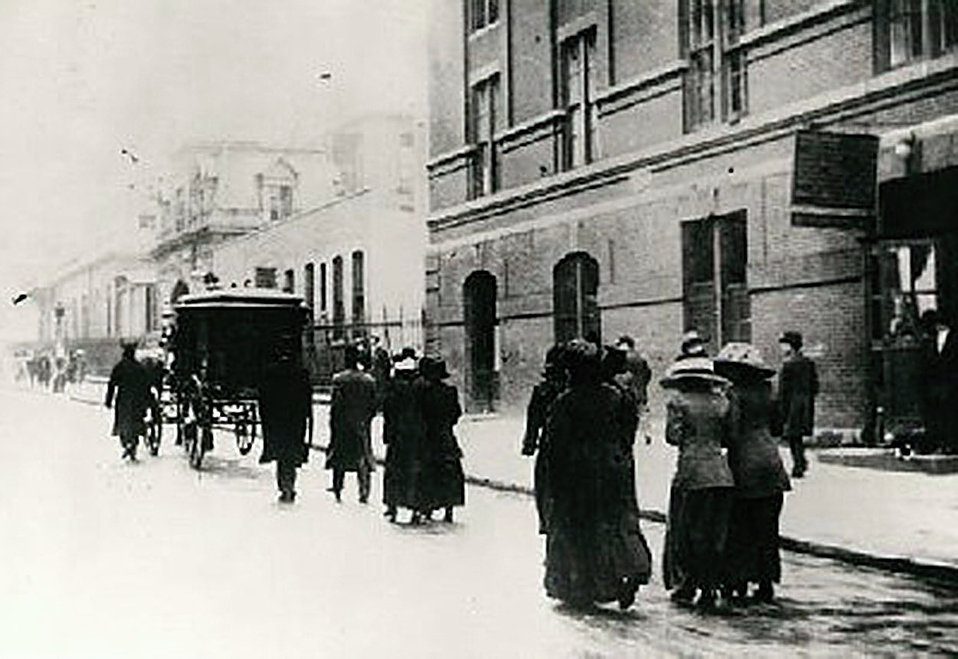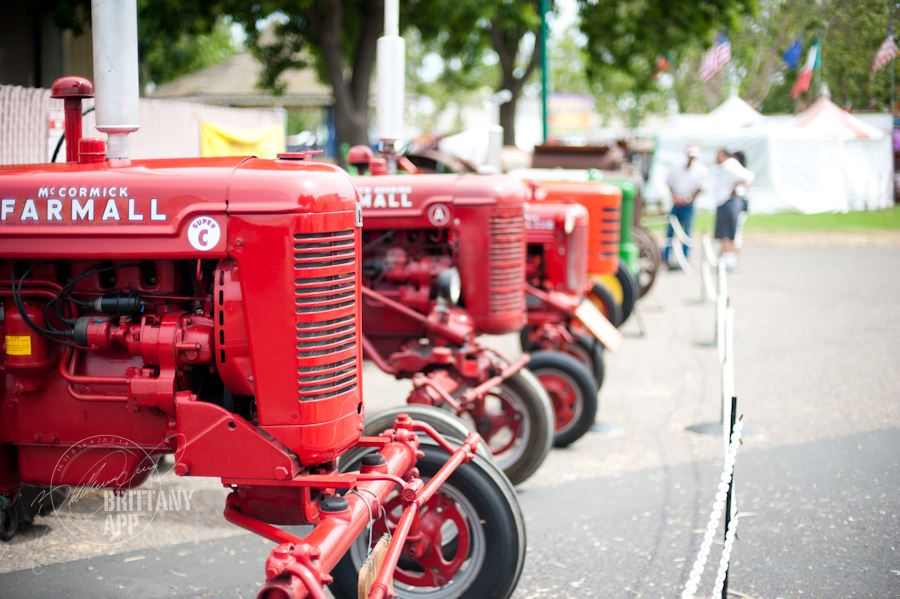Today, the feeling of grief and the period of mourning after the loss of a loved one, especially a spouse, is a personal choice to make public or private. This was not always the case as less than 100 years ago mourning for women was a rigid, ritualized, very visual production. From the first moment of widowhood every aspect of a woman’s life was controlled by “proper behavior.”
Please join the Santa Ynez Valley Historical Museum for the opening of “Mourning Glory” from 3 – 5 p.m. on Sunday, April 3 for a reception of appetizers and wine. The curator will be available for exhibit tour and discussion of American mourning customs. Admission is free.
This unique exhibit of historic “mourning” clothing is a rare look at what the women of the 19th Century were destined to wear to announce their grieving to the world.
America in the early 19th century still viewed England as its parent country. Most of our mourning culture was taken from the English which allowed for a period of mourning of a few months for private reflection after a loved one had passed away. Black was the color Europeans considered as mourning wear.
When 1860 came along the carnage of the War Between the States left many women without a husband. Instead of a town having one or two widows, whole towns were now comprised of the very old, the very young, and widows. Working class women had no one to marry. Wealthy class widows had no one to marry and no home as Confederate officers’ property was seized and sold to repay the Union for war expenses. Widowhood, for many, could be a very long time.
Adding to the trauma brought on by the Civil War was the violent public assassination of President Abraham Lincoln in 1865. Mary Todd Lincoln donned widow’s weeds for the enormous funeral of her husband in Washington D.C. She elected to wear mourning clothes for the remainder of her life.
As if American’s weren’t depressed enough, events across the Atlantic added the final flourish to the American idea of public grief. Queen Victoria of England had fascinated Americans. Her love match marriage to Prince Albert, her cozy and growing family, and her life in general seemed like a fairy tale to Americans. A fairy tale Americans copied. When Prince Albert died suddenly leaving Queen Victoria a widow, she dawned black widows’ weeds and American widows did as well. No matter how long her personal grief actually lasted, Victoria chose to publicly portray the role of a inconsolable grieving widow until her death in 1901. By then, the culture of widowhood had become a fixture in our shared social culture.
For more information call the Museum at 688-7889 or visit our website www.santaynezmuseum.org
Santa Ynez Valley Historical Museum
3596 Sagunto Street, Santa Ynez







